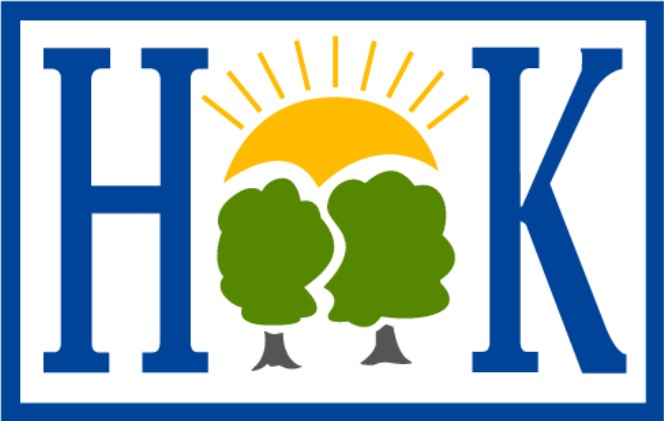Computing Vision Statement
At Hook Infant School, we recognise that the digital world is rapidly evolving. Our vision is to give children a stimulating computing curriculum which will equip them with the necessary computing skills and knowledge to develop problem-solving abilities, logical thinking, and creativity, all of which are essential in the modern world. By incorporating computing into early education, we ensure that our children are not only prepared for the increasing role technology plays in everyday life but also ready to confidently engage with more advanced concepts when they progress to Key Stage 2.
We use Purple Mash to teach the UK computing curriculum in a fun, engaging, and age-appropriate way. Through interactive activities and creative projects, Purple Mash supports children in developing a wide range of essential computing skills, while ensuring they have fun along the way.
Our computing lessons are designed to cover the three key strands of the UK computing curriculum:
|
Computer Science (CS) |
Teaching pupils how a digital device responds to a set of programmed instructions which is called an algorithm |
|
Information Technology (IT) |
Teaching pupils how to use digital devices to create, store, present and share information such as using word processors, digital cameras, and educational software. |
|
Digital Literacy (DL) |
Teaching pupils how to use digital devices safely, responsibly, and effectively and being aware of the importance of staying safe on the internet. |
Year R (Reception):
In Year R, we introduce the very basics of technology and computing. Children begin to explore the world of computers, devices, and digital tools, learning how to interact with them in a safe and responsible way.
Year 1:
In Year 1, we begin to build on their skills and expand their understanding of how technology works.
|
Computer Science (CS) |
Children are introduced to the basics of computer programming and coding through block-based coding activities, where they learn to control characters and solve simple problems. |
|
Information Technology (IT) |
Children use technology to create digital artwork, presentations, and simple documents, developing their ability to manipulate and interact with information on the screen. |
|
Digital Literacy (DL) |
Children begin to understand the importance of online safety and learn about the roles and responsibilities of using the internet in a safe and respectful manner. |
Year 2:
In Year 2, we deepen their understanding of computing and continue to build on their skills.
|
Computer Science (CS) |
Children progress to more complex coding tasks, learning how to create and edit animations, as well as starting to develop logical thinking and problem-solving skills to begin to debug a computer code. |
|
Information Technology (IT) |
Children use technology to gather, organise, and present information in different ways. They explore more advanced tools for creating digital content, such as simple data collection. |
|
Digital Literacy (DL) |
Children learn to navigate the internet safely, including recognising reliable sources, understanding how to protect their privacy, and communicating respectfully online. |
As a school we are also incredibly fortunate to partner with the organisation ‘Get With The Program’ who provide free coding adventures. In our most recent project, the children in Year 2 worked alongside Professor Trice and Robot Al to create algorithms that helped Robot Al pack a healthy school lunch. Throughout the activity, the children demonstrated perseverance and problem- solving skills, identifying bugs and making improvements to ensure their algorithms worked correctly. We look forward to our next coding adventure!
Across our computing teaching, we ensure that pupils of all abilities can access a range of teaching styles and activities both within Purple Mash and using unplugged activities to further extend their learning. It is a joy to see the children engage with technology and learn in such a fun, interactive way!



